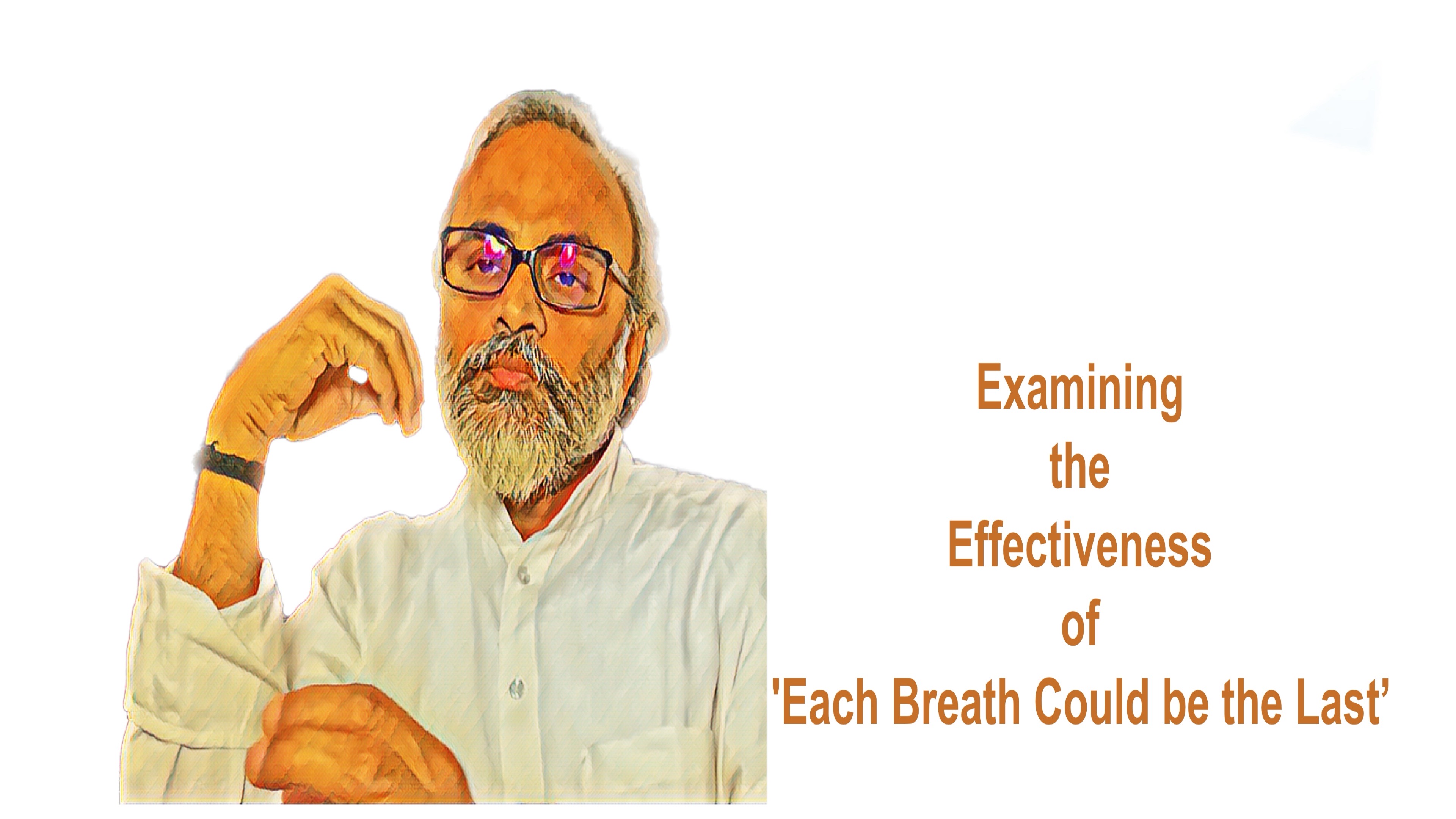
Each Breath Could be the Last !
2 years ago By Yogi AnoopExamining the Effectiveness of 'Each Breath Could be the Last’
Many gurus have advised to think that each breath could be the last one when we let it go. I am not aware of the science behind this advice, but it could be because such thinking leads to a mindfulness of living in the present moment. However, in my experience, this method is not effective in achieving the depth of pranayama practices or to become disease free.
If the idea behind it is to live in the present moment, then it is incorrect, as one cannot think while living fully in the present moment. The person who is living fully in the present moment cannot even think about it because their thinking process is automatically paused. Even the other senses are temporarily paused.
As an example, this can be understood - Sometimes when we are eating delicious food, there are moments when our ears become closed, meaning we cannot hear some of the things that others are saying. This is because during the time of relishing the taste of the food, our mind cannot pay attention to the sounds coming from our ears for a moment. At the same time, during the state of complete experience of the taste of the food, the state of the mind's imaginative activity becomes absent. Due to the busyness of the mind in the complete experience of taste, its wings (the tendency to create form, color, and shape) go into a state of rest for a short time.
The wings of the mind are shape, color, and form. The flight of the mind depends on these three. If these three are removed from the mind, then the ability to fly completely ceases. However, when the mind starts playing with these three in ignorance, it gets trapped in its own spider web. It wants to live in the present with imaginary flights, although it is not possible. It is true that during full engagement in the present, imaginary activities come to a halt. But the mind thinks that self-satisfaction can be achieved quickly through imaginary flights, so it tries to think of irrational things while exhaling.
Note that the meaning of pranayama is not just about inhaling, exhaling, and holding your breath. It is a scientific process through which an attempt is made to touch the depths of the mind. In Jnana Yoga, an attempt is made to explain these secrets, through which one can calm and stabilize their own mind through pranayama, and at the same time, make themselves healthy. In my personal experience, there are only two ways to calm and stabilize the mind - one is to immerse it in the experience of an object, and the other is to immerse it in the experience of oneself. Just as when eating, the mind's wandering thoughts and imagination stop for that time when one is immersed in the experience of the taste of food, in the same way, when a practitioner begins to experience themselves, their wandering thoughts and imagination come to a halt.
If a practitioner tries to experience the last breath while exhaling, it means he is trying to have a contrived experience. When the breath leaves the body, one should experience what is happening in the body and senses, so that the mind can move into emptiness. Note that when the body is naturally expelling toxins, it brings great spiritual happiness. This happiness is not only for the soul but also for all the limbs. That is why I always try to make my disciples experience this natural way through pranayama.
Recent Blog
Copyright - by Yogi Anoop Academy
